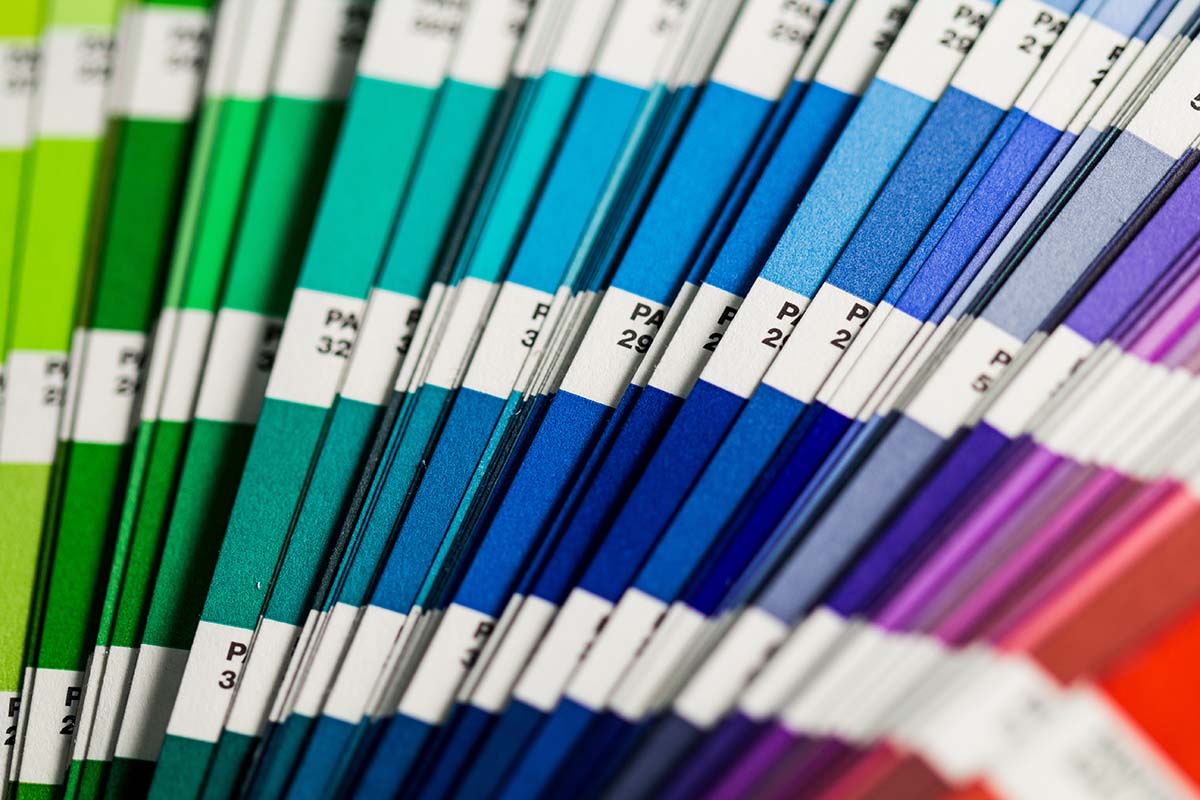We repeatedly talk about how Google Ads are great for small businesses. Their scaling budget, focused targeting, and clear metrics make them a versatile option. Once you’ve set up effective Google Ads, you’ll be able to direct users to a landing page on your business’ website. That landing page has just as important a job of ensuring potential customers continue on to purchase your products or services. We’ll explain how you can optimize your Google Ads landing pages for better results.
What is a Landing Page
A landing page is a page on your website where a user ends up when they click on a digital marketing campaign like a social media post or Google Ad. It’s where the user “lands” in their digital flight. The landing page ensures those who are interested in the marketing campaign maintain that interest and direct them to complete the desired actions. This could be to purchase a certain product, hire your business’ services, have them sign up for a newsletter, attend an event, etc. Your Google Ad’s job was to increase awareness about your business, its services, or its products and convert them to visit your website. The landing page continues that conversion process by providing a friendly and focused welcome with clear directions to keep going.
How to Optimize and Improve Your Landing Pages
Just like with any digital marketing, there are various strategies to consider when optimizing your landing pages to improve their performance. Here are some of the key strategies along with examples that represent these best practices.
The Right Page for the Right Ad
Unlike your home page, a landing page has a more precise job. It welcomes a user who has come for a specific reason through a specific Google Ad. Therefore, you don’t want an overly generic landing page that will leave users lost. Tailor the landing page to each ad or type of ad. For example, a Google Ad for a certain product or service should land the user on that product or service request page. If a user follows a link to sign up for a newsletter or event, the landing page should be the form to join. If users don’t arrive on a corresponding landing page, they are only likely to get confused, frustrated, and leave.
Concise and Effective Copy
Another way a landing page can potentially confuse any new arrivals is by being full of words. Users have come with a specific purpose, and a landing page should have clear and simple messaging that provides pertinent information. Keep copy concise to be the most effective. Wordiness or jargon could lead to confusion and distract a user from completing the conversion that’s your business’ goal. This landing page from FeminaHealth is a great example. Notice how the simple copy effectively communicates the information with distinct formatting that clearly directs the user to the next step.
Clear Call to Actions
Along with that direct and concise copy, you will want a clear and prominent call to action on any landing page. This will make it clear to a user how to proceed when they arrive on the page, optimizing its performance. On a product page, this will be a clear button like “Add to Cart”. On a newsletter or event signup, these calls to action could be a “Fill the Form” in prominent text with a clear “SUBMIT” button at the bottom. These clear calls to action help direct a user to continue from the landing to the next critical steps in the process. This landing page from Goldberg Centre Vision Correction for booking a consultation is a perfect example of a prominent call to action that directs any landing arrivals.
Cohesive Branding Between Google Ad and Landing Page
An important element of designing any optimized landing page is making sure it is consistent with the rest of your digital branding. When a user arrives at a landing page, they want the space to be familiar and expected. If they arrive at a page that doesn’t match the Google Ad visually and verbally, they’ll be confused or even worried they’ve been taken to the wrong place. That’s why it’s best practice that your landing page has cohesive branding. The space should seem familiar and right, and so should be custom-designed to match the visuals, tone, and style of your business. A great example of this strategy is this landing page from talkspace, where the branding is clear in the page’s logo, colours, and the tone of its copy.
The Best Landing Page is One They Don’t Walk Away From
Now you know some of the best practices for optimizing and improving your Google Ads landing pages. You want a landing page to provide a clear, directive, and familiar experience for any user arriving there. Its job is to keep users there and in contact with your business, not scare them off. If you want more tips for designing your landing pages or want some optimized pages designed for you, contact our advertising and web design teams at Rosewood, who are masters of sticking the landing.



